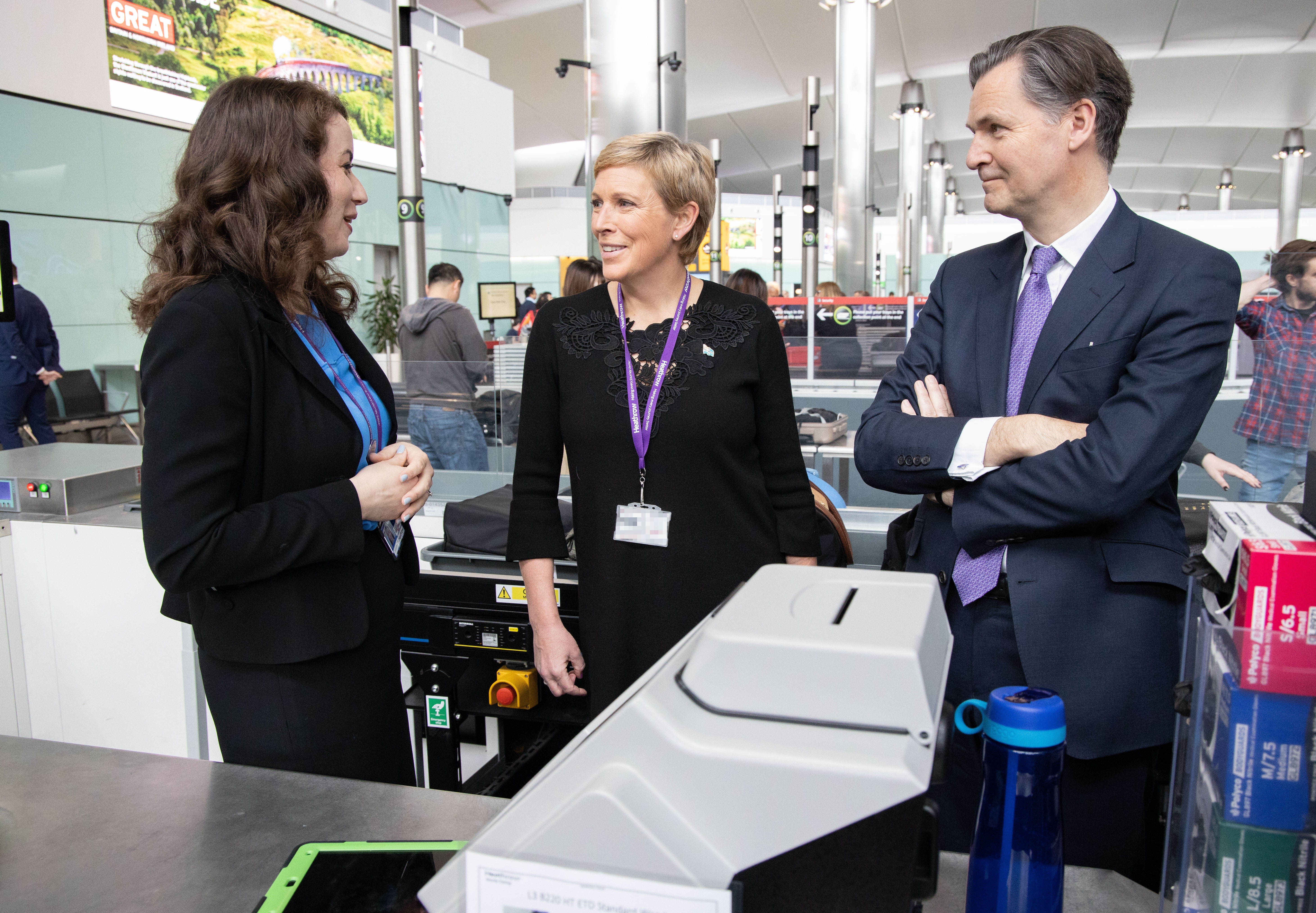What is clear though is that many of the emergent threats have been present for a long time. The industry has for a long time always been reactive, but technological advancements mean that it now has a more proactive outlook and looking ahead to use technologies and processes to be ahead of the game.
As regular travellers we understand and tolerate airport security screening and learn to queue manage and profile passengers just as well as the security staff to ensure we have the shortest transit time. As we approach scanners we have our increasing numbers of electrics in one hand, belt and liquids in the other ready to deposit our belongings for x-ray examination.
Airports know that security screening is a pain point in the traveller journey. A delay means less time in the departure lounge, and together with a bad experience studies these translate into less spend in airside facilities. As such, an investment in enhancing the security experience can be rewarding.
An increasing number of airports are looking at how they can minimise the inconvenience of security processes on customers using technology to improve the passenger experience. One such example is at London's Heathrow hub where the airport is investing over GBP50 million in the next few years to roll out next-generation computed tomography (CT) security equipment.
Heathrow has been working with the UK's Department for Transport (DfT) to trial the technology since 2017 and now plans to install the new equipment across its terminals by 2022, with other airports across the UK following under DfT support.

The new 3D CT technology is the latest generation of security equipment, providing even better images of cabin baggage more quickly. It could ultimately end the need for passengers to remove their liquids and laptops from cabin baggage when passing through security.
When fully deployed, the technology will have the potential to cut the amount of time required for security screening and could also significantly reduce the amount of plastic used at the airport, with passengers no longer required to put their liquids in plastic bags before being screened.
"This cutting-edge kit will not only keep the airport safe with the latest technology, but will mean that our future passengers can keep their focus on getting on with their journeys and less time preparing for security screening," promises Chris Garton, chief operations officer at London Heathrow airport.
This is a significant step forward, but just like today the certainty over airport security processes across the world is that they will remain varied and uncertain. Heathrow officials highlight that the technology "will not be available to all terminals and security lanes immediately" and will be "rolled out gradually" over the course of the next few years.
Prior to the technology being widely available, it warns, passengers will "still be required to remove their laptops and liquids from their bags for security screening" and even once deployed their may still be instances where security officers "could be required to carry out additional screening".
This is certainly a step in the right direction and a technological advancement that will be celebrated by travellers. As John Holland-Kaye, CEO at Heathrow, explains, it will make the experience "less disruptive" whilst ensuring that passenger security is maintained as the foremost priority.